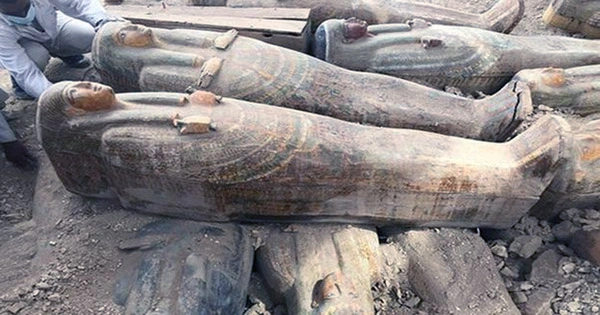Why did individuals believe that cannibalism was beneficial to their health? The answer reveals some of European history’s strangest nooks, at a period when Europeans were enamored with Egyptian mummies. The bandaged corpses of ancient Egyptians were the subject of fascination from the Middle Ages to the nineteenth century, driven first by the belief that ground-up and tinctured human remains could cure anything from bubonic plague to a headache, and then by the macabre ideas Victorian people had about after-dinner entertainment.
For ages, people believed that mummies could heal illnesses, therefore they ate something disgusting. Mumia, a medical substance made from the remnants of mummies brought back to Europe from Egyptian tombs, was a therapeutic substance eaten for centuries by wealthy and poor, accessible in apothecaries’ shops, and made from the remains of mummies brought back to Europe from Egyptian tombs. Apothecaries were employing crushed up mummies for its supernatural therapeutic qualities by the 12th century. For the following 500 years, mummies were used as a form of medicine.
Physicians recommended ground up skulls, bones, and flesh to cure maladies ranging from headaches to lowering swelling to eradicating the plague in a world without antibiotics. Some people were not convinced. In 1564, a royal doctor, Guy de la Fontaine, observed counterfeit mummies created from dead peasants in Alexandria and questioned mumia was an effective treatment. People might be duped, he realized. It wasn’t necessarily true that they were eating authentic old mummies.
However, the forgeries highlight an essential point: there was a persistent need for dead flesh for medical purposes, and the supply of genuine Egyptian mummies could not keep up. Mummy remedies were still being sold by apothecaries and herbalists in the 18th century.
Not all physicians agreed that dried, ancient mummies were the most effective medication. Fresh meat and blood, according to some experts, possessed a vitality that the long-dead lacked. Even the greatest of nobility were persuaded by the argument that fresh was the best.
After having a seizure, King Charles II of England took medicine produced from human skulls, and medics continued to utilize human skulls to treat neurological problems until 1909. Eating mummies felt as a royally suitable treatment to the royal and social elite, since doctors said mumia was manufactured from pharaohs. The aristocracy ate the aristocracy.
People were no longer eating mummies to heal illnesses in the nineteenth century, but Victorians were organizing “unwrapping parties,” when Egyptian corpses were unwrapped for amusement at private gatherings. Napoleon’s first expedition to Egypt in 1798 heightened European interest, allowing 19th-century travelers to transport complete mummies back to Europe that they had purchased on the street in Egypt.
Private parties were organized in the Victorian era to uncover the bones of ancient Egyptian mummies. The early unfolding occurrences had a semblance of medical legitimacy. At the Royal College of Surgeons in 1834, surgeon Thomas Pettigrew opened a mummy. Autopsies and procedures were performed in public during his day, and the unwrapping was merely another public medical event.
Even the pretense of the medical study was soon abandoned. Mummies were no longer medical, but rather exciting. A dinner host who could amuse a crowd while uncovering a mummy was wealthy enough to own one. People flocked to these unwrappings, whether in a private house or a learned society’s theatre because of the excitement of seeing desiccated skin and bones revealed when bandages were removed. Audiences who had had a lot of alcohol were boisterous and grateful.
















